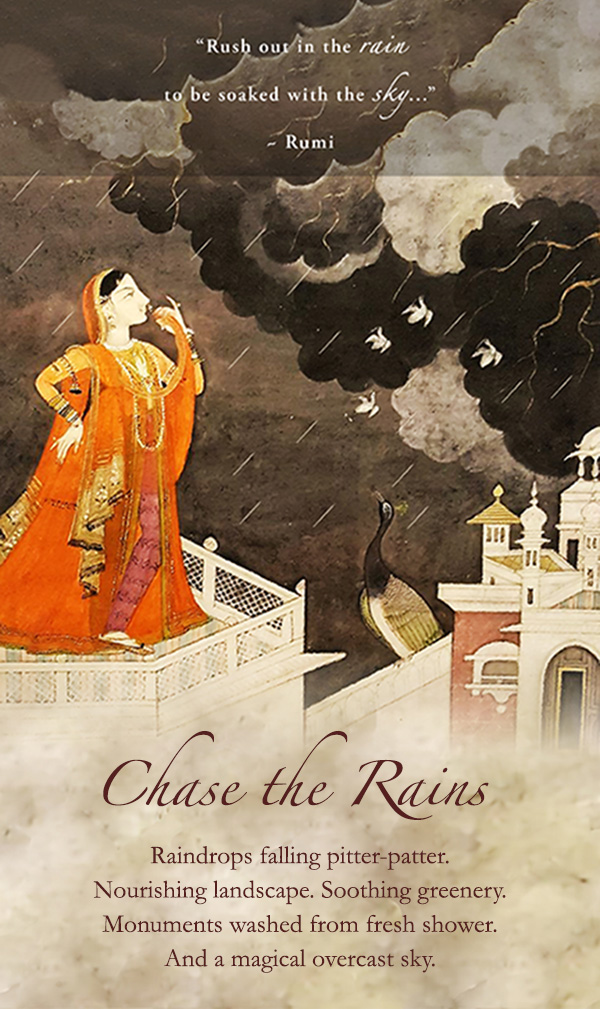
Environment Friendly Journeys
“We have one earth with limited resources. Let’s travel in a manner that each one of us is grateful to another.”
We all love to travel which can hurt the regions we are visiting and the people who live there. At Secrets of India we are passionate about making places better for people to live in and to visit.
Therefore, it has become even more important to think about the imprints we leave on places when we travel. After all, we all want future generations also to be able to enjoy the beautiful destinations we have visited. That’s why we have put together a few ways by which we can alleviate the impact of travel while making a positive difference to the people and planet.
Plastic Pollution: Do you know 1 million plastic bottles are produced every minute? Instead of carrying individually packaged water bottles in our vehicles, we keep a 20 ltr. mineral water dispenser and provide our guests with eco-friendly, reusable bottles, which they can replenish as per their requirement.
Carbon Footprint: To partially offset travellers’ carbon footprints we plant a tree in village Sihali Jageer of U.P. at the end of their journey.
Litter: We appreciate that during long journeys the guests may feel hungry. However, rather than bags of crisps or biscuits our driver keeps fruit baskets freshly bought each day.














